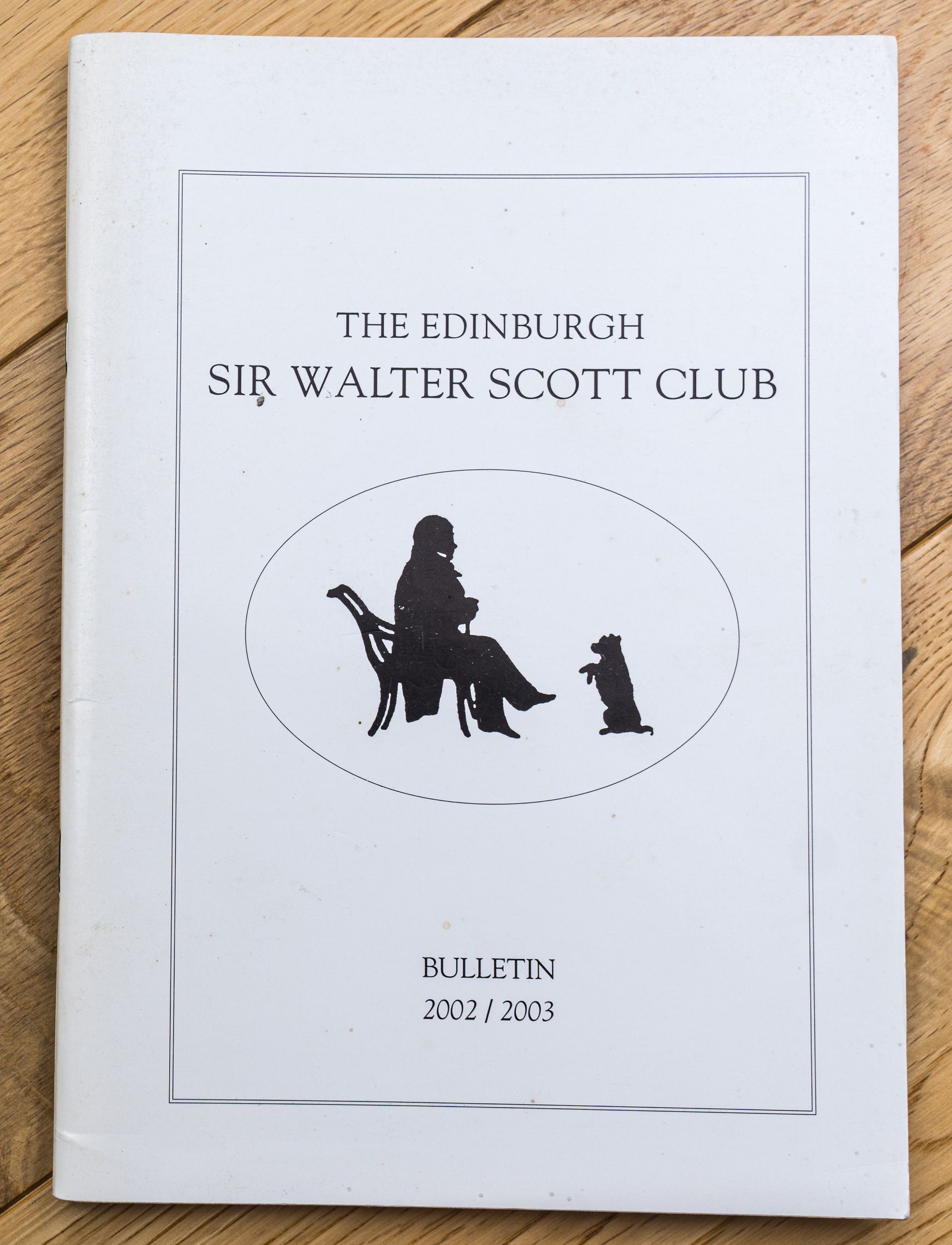The Pirate
Lt. Cdr. Dairmid Gunn
2002
Summary of the Talk:
This talk discusses the historical and cultural context surrounding Walter Scott’s voyage in 1814 and how it influenced his novel The Pirate.
- Scott's Voyage in 1814: In 1814, Scott joined a group of commissioners from the Northern Lighthouse Board to inspect lighthouses around Scotland's coast. This voyage influenced Scott's understanding of Scotland’s remote northern islands, their people, and their culture. He kept a diary during the trip, which later became an important source for his writing. Unlike Samuel Johnson's earlier critical view of the Hebrides, Scott’s account was much more romantic and sympathetic, influenced by his admiration for the region’s history, folklore, and culture.
- The Influence of Ossian: Scott’s fascination with the Highlands and Norse culture was partly inspired by the Ossian poems. These poems, written by James MacPherson, presented a romanticized vision of ancient Gaelic culture, which deeply influenced Scott’s literary output. His exploration of the Highlands helped shape his view of Scotland, which he began to incorporate into his novels.
- The Pirate’s Setting: The Pirate is set against the backdrop of the northern Scottish islands, particularly the Orkneys and Shetlands. Gunn highlights how Scott drew on his observations during the voyage, including the myths and historical references of the region, to craft his narrative.
- Cultural Reflections: Scott observed the cultural differences between the Lowlanders and islanders, particularly in how the islanders balanced their lives between farming and fishing, and their superstition and traditions. He also reflected on the socio-economic changes occurring in the rural areas due to the introduction of new farming practices.
- **Key Characters in The Pirate:
- The Pirate (Cleveland): He represents the "bad stranger" who disrupts the natural order of the islands. Cleveland’s character contrasts with the more traditional values of the islanders.
- Magnus Troil: The udaller (landowner) of the islands who stands for the old values, especially hospitality and respect for tradition. He is opposed to outsiders who threaten the way of life.
- Mordaunt Mertoun: A sympathetic figure who embodies Scott's ideal of a cultured, well-educated man. He rejects some island customs but does so with a deeper understanding of their value.
- Thematic Elements:
- Romance and Conflict: The novel’s central conflict revolves around Mordaunt’s love for Magnus’ daughter, Minna, who is romantically involved with the Pirate. The contrast between Mordaunt and Cleveland showcases the clash between traditional island life and the outsider’s disruptive influence.
- The Role of Women: Women in Scott’s works often represent idealized values. Minna is seen as an emblem of romantic ideals, while her sister Brenda is more practical and sensible.
- The Character of Norna: A witch-like figure who represents the mystical, local aspect of the islands. Norna’s role in the story adds an element of mystery and exoticism, tying into the cultural and supernatural themes in The Pirate.
- The Orkney and Shetland Islands: The Northern Isles play a crucial role in the novel. Scott’s descriptions of the landscapes, ancient ruins, and standing stones contribute to the novel’s mood, which combines myth, history, and nature.
- Scott’s Romanticism: Scott is portrayed as a romantic figure who embraces the mysteries and beauties of the Scottish Highlands. His vision of Scotland is deeply rooted in its history, folklore, and its landscapes, which inspired his creative works, including The Pirate.
- The Pirate as a Symbol: The title The Pirate could also be seen as referring to the broader theme of "The Stranger," with different characters representing different kinds of strangers (the outsider, the intruder, the cultural reformer, and the noble stranger).
Key Points Worth Mentioning:
- Scott’s Fascination with the North: Scott's deep interest in Norse culture and folklore, which led to his romanticized depiction of Scotland in The Pirate.
- Cultural Conflict: The novel explores the clash between the islanders' traditional ways and the external influences represented by figures like Cleveland and Yellowley.
- The Role of Myth and History: The historical and mythical backdrop of the islands, particularly the ancient standing stones, plays a significant role in the novel's atmosphere.
- The Romantic Ideal: The romantic, heroic ideals are central to the characterizations, especially with the love triangle between Minna, Mordaunt, and Cleveland.
- Norna’s Character: The witch-like figure Norna is an essential part of the mystical elements in the novel, contributing to its supernatural tone.
In conclusion, Gunn’s talk reveals how The Pirate is deeply tied to Scott’s personal experiences and interests, particularly in his exploration of Scotland’s Northern Isles and the complex cultural interactions he observed.
Download the [Transcript] or Read the [Bulletin]

Download the [Transcript] or Read the [Bulletin]


